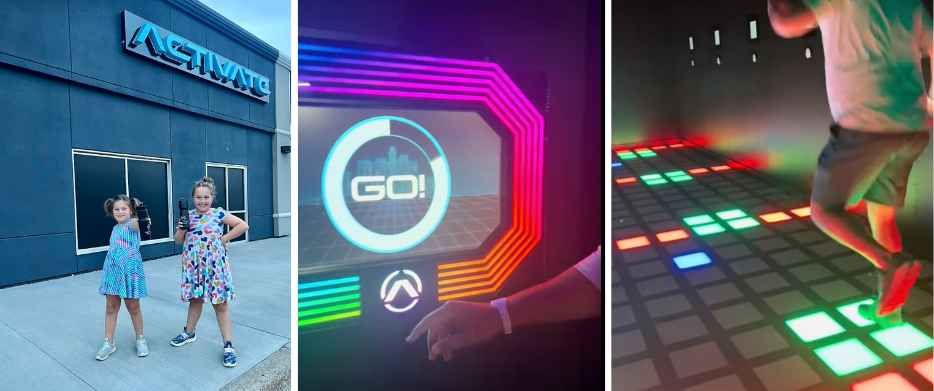The post Top 3 Tech Tools from 2019 written by admin first appeared on Fuse.
With CES, the world�s largest consumer tech show in the world, just around the corner, we�re taking a look back at our favorite gadgets from last year.
CES is quickly approaching and we are gearing up for another year of the latest advancements in tech. We try not to get too excited, though, because some of the tech doesn�t always pull through. For an overview of what was released last year and where they stand today, check out The Verge�s�roundup of CES 2019.
We all know that last year a lot of new gadgets were released. Some of it impressive, some of it not so much. For example, we loved the advancements in electric vehicles, even the Tesla truck, but weren�t too amazed by the foldable smartphones. After a lot of debate, Phong Tran, technical supervisor and VR lead, narrowed down our long list to the top three pieces of tech that excited us the most.
I feel these tools provide us with a way to have a new take on how we interact with the world around us that�s more natural and intuitive. Just like how smartphones have changed how we think about accessing information in a way that anyone can pick up. � Tran
Top 3 Tech of 2019
The�Oculus Quest from Facebook arrived on May 21 and provides an untethered virtual reality (VR) experience all with a single headset, no extra hardware required. The best part is, it�s affordable and accessible for everyone. While there have been mobile VR headsets previously, they don�t have the ability to track hands or space around you. They had to be powered by a smartphone, which often led to underwhelming results.
HoloLens 2,�developed by Microsoft, is shaping up to be one of a few promising Augmented Reality (AR) solutions. Unlike VR headsets like the Quest, the HoloLens takes what you see to the real world around you and adds a layer of virtual interaction on top. Like the Quest, it is its own self-contained unit with no other hardware requirements. Currently, Microsoft is targeting the enterprise with HoloLens 2, aiming it toward businesses, rather than consumers.
Machine learning is viewed as a subset of artificial intelligence (AI). For example, think of apps you use every day, such as Spotify or Netflix. The media it recommends is part of the machine learning algorithm.
Machine Learning�isn�t really a new concept but continues to be an important topic. For example, Google has been working on a project that allows�smartphones to interpret and translate sign language. Using AI to process and interpret hand gestures is another important step towards how we use holograms in AR since there can be so many different ways people interact. It would be impossible to adapt to every instance without having a computer automatically and continuously refining.
The VR/AR space has been moving incredibly fast the past few years, Tran mentioned, and it would be great to see a consumer-oriented AR headset that felt natural to wear. One of the elements AR is lacking at the moment is the ability to effectively use it in day to day life.�
While we�ve used it in the office for�consumer product projects, including furniture, we�re always working to find other innovative ways to use it across a variety of mediums. Hopefully, as AR technology is more widely adopted and evolves over time, we�ll see an application for that to improve in various industries.
Stay tuned to hear what our review of the top tech at�CES 2020�later this month.
The post Top 3 Tech Tools from 2019 written by admin first appeared on Fuse.











